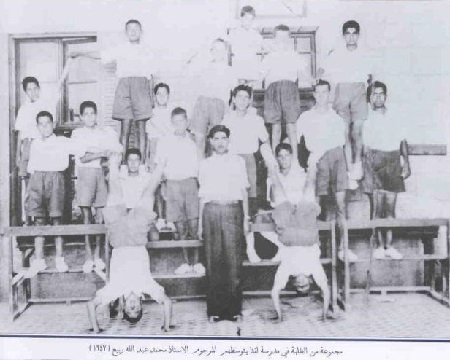Palestinian Heritage Site of Lifta

Lifta (لفتا) is a Palestinian Arab village on the outskirts of Jerusalem/al-Quds whose population the Zionist forces expelled in the conquest of the city’s western sector in 1947–48. The transfer began with a Stern Gang massacre of villagers at a local coffeehouseon 28 December 1947, bombing 20 houses on 13 January 1948, terrorizing the village’s 3,000 inhabitants and evicting all of the upper part of Lifta by February 1948. Subsequently, in April 1948, after the massacre at Dhayr Yasin the Jewish Agency used the lower part of the village to house Jewish settlers from Yemen and Kurdistan, most of whom left before 1967.
Although Lifta’s land extends through today’s East Jerusalem, the bulk of the ruins of Lifta’s built area are located on a hillside at the western entrance to Jerusalem. In 2012, the Jerusalem District Court rejected plans to rebuild the village as an upscale Jewish colony and, since the last Jewish residents left Lifta in 2017.
The many ruins of Lifta remain as a reminder of Palestinian life before the Nakba (catastrophe), as well as the crimes that ended the life of this 2,000-year-old village. The village’s stone houses, shops, two coffee shops, social club, boys’ and girls’ schools, mosque, olive oil press and Shaykh Badr shrine occupied curvilinear streets that hug the contours of the hill. Today, only 55 out of 450 pre-1948 stone houses are still standing in the lower part of Lifta.
From extensive rain-fed agriculture land, Lifta Palestinian farmers used to market their produce in Jerusalem markets, and residents were connected to the city’s services and infrastructure. Their drinking water was drawn from a spring in Wadi al-Shami, which lies to the southwest of the village. The slopes of the wadi (valley) were planted with 3,248 dunums of cereals in 1944–45.
Like hundreds of other ethnically cleansed Palestinian villages, Israel has turned Lifta into a “natural reserve” (without its indigenous inhabitants). This one is called Mei Naftoah, while its surroundings have been turned into a park and a playground operated by the Jewish National Fund (JNF).
Lifta achieved further notoriety in 1984 when the Jewish terror group known as the “Lifta gang” occupied one of the village buildings to plot the destruction of Jerusalem’s Noble Sanctuary mosques, but were stopped at the Sanctuary gates with 250 pounds of explosives, hand grenades and other armaments.
Despite these “facts on the ground,” Palestinian activists, Lifta veterans and Riwaq Centre for Architectural Conservation have have conducted a survey of 72 structures in the lower part of Lifta ruins and formed the “Save Lifta” coalition and an international group 1948 not to forget.” In 2012, Palestinian architects Elias Anastas, Yousef Anastas, Nora Akawi, Victoria Dabdoub, Dima Khoury, Inas Moussa, Ahmad Wa’ary and Mahdi Sabagh mounted an exhibition dedicated to Lifta at the Yabous Cultural Center in East Jerusalem. Their vision is for a decolonized Lifta as a Palestinian cultural heritage site.
As of 5 February 2015, the Israeli UNESCO Committee within the Ministry of Education has added the occupied Palestinian village of Lifta to Israel’s Tentative List of World Heritage Sitesas a “partly preserved traditional mountain village.” However, following Israeli Prime Minister Benjamin Netanyahu’s order for Israel to withdraw from UNESCO, Israel is not expected to push for the village to make the World Heritage Site list. This may put Lifta’s future in danger of further destruction.
Recenty, Lifta was named among 25 endangered sites on the 2018 World Monuments Watch list, due to Israel’s persistent destruction plans. It was also in 2018 that UNESCO rejected Israel’s sovereignty claims over East Jerusalem. The question remains as to whether UNESCO Committee of Palestine, as a UNESCO member since 2011, will submit its petition for protection of this Palestinian heritage site.
Photo on front page: A view of remaining structures at Lifta, overlooking the Shami Valley. Source: Ron Almog. Photo in this page: Students of Lifta’s intermediate school in 1947 shown with their teacher, the late Muhammad Abdullah Rabi`. Source: Wikipedia.
|